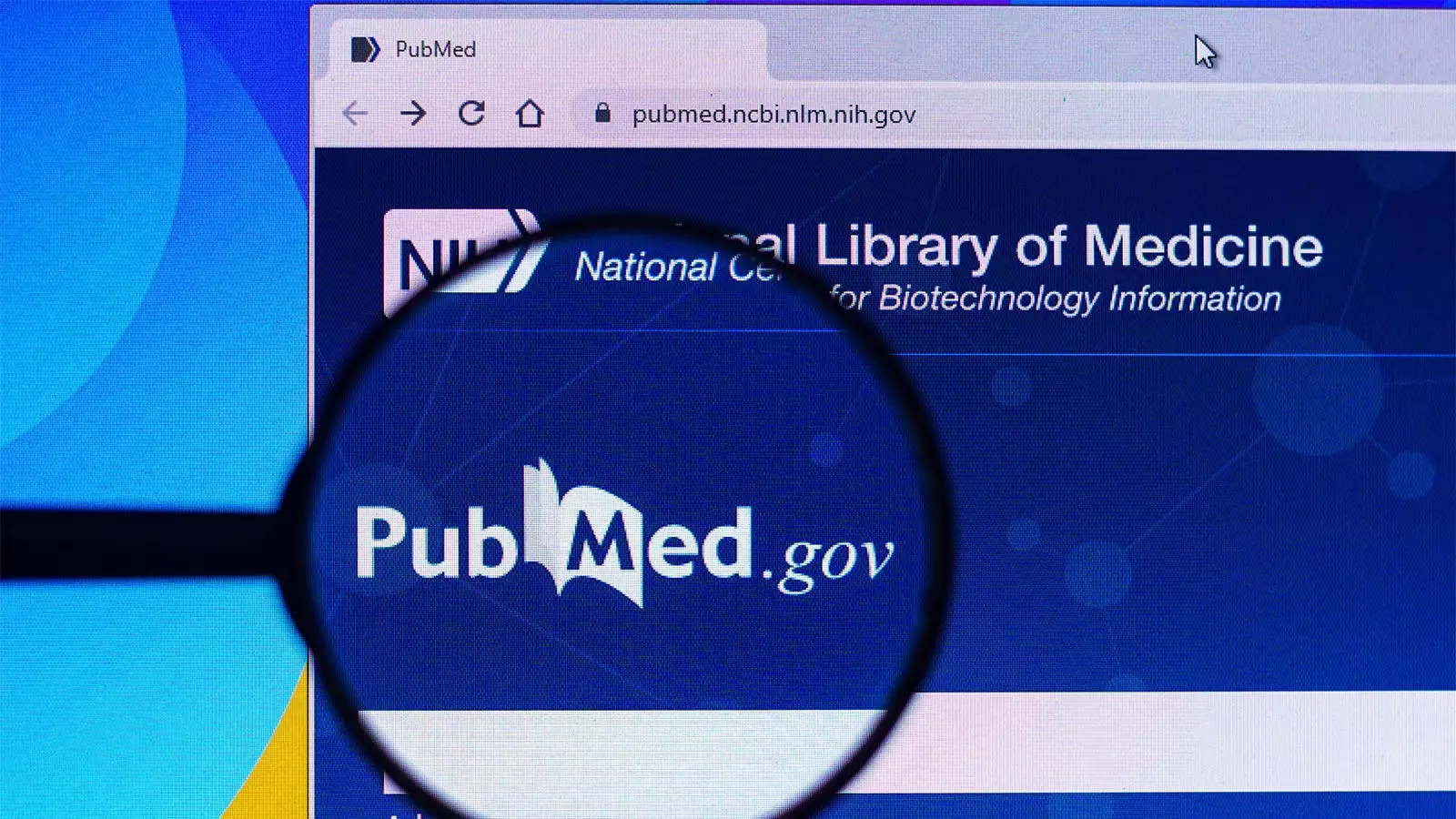In the realm of scientific research, transparency, particularly regarding conflicts of interest (COIs), is paramount. Conflicts of interest can influence research outcomes, leading to skewed data and ultimately impacting public health and safety. Therefore, researchers, journals, and institutions must adhere to stringent disclosure practices. However, despite the establishment of a voluntary field for COI statements in PubMed in 2017, a recent study has highlighted that this field continues to see significant underutilization among many scientific journals.
The study, led by Dr. Peter Lurie from the Center for Science in the Public Interest, analyzes trends across over 7,000 journals indexed in PubMed. It notes an increase in COI statement usage, with the number of journals reporting such statements rising from 25.9% in 2016 to 33.2% in 2021. Yet, this growth is relatively modest, reflecting ongoing challenges in ensuring that COI disclosures become standard practice across the board.
The study indicates that approximately 400,000 articles are published each year, with a noteworthy uptick in the proportion including COI statements. The percentage of articles with published COIs surged from 9% in 2016 to an impressive 43% by 2021. Yet, the inconsistency in reporting methods raises questions about the reliability of this data. Dr. Lurie’s analysis of the top 40 most impactful journals reveals that while 30.2% of articles included COI disclosures in 2021-2022, only 63.3% of those statements were posted in the PubMed COI field, illuminating a significant gap that needs addressing.
This raises crucial inquiries about why many journals have failed to adopt this practice fully. Given the simple integration of the COI reporting system into their workflow, there is a pressing need to identify barriers that prevent effective utilization.
Several factors contribute to the inconsistent application of COI statements among journals. One major issue is the tendency of journals to overlook the COI field entirely. This non-utilization is puzzling, especially considering that a good number of journals have effectively linked their publications to the PubMed database. Furthermore, for those journals that do transfer data, there seems to be a lack of consistency, leading to discrepancies between published articles and the information represented on PubMed.
Dr. Lurie identifies mismatches in how COI information is reported as a key hurdle. Many journals include potential conflicts in funding sections or acknowledgments instead of distinctly labeled COI statements, resulting in pertinent information not making it to the PubMed database. A lack of standardization in reporting practices across journals creates inconsistencies that further complicate the situation.
Given these challenges, Dr. Lurie emphasizes the need for improvements in COI reporting practices. While existing code could facilitate better compliance, more proactive outreach from the National Library of Medicine to journals that are hesitant to utilize the COI field could play a significant role in enhancing transparency. Increasing awareness and providing resources could help journals grasp the necessity of adhering to these guidelines.
Moreover, educational initiatives targeting journal editors and researchers on the importance of COI transparency will serve as vital steps in this process. By highlighting the potential risks associated with undisclosed conflicts, stakeholders may be more inclined to prioritize COI statements in their reporting and publishing processes.
Addressing the underutilization of COI statements in scholarly publishing is not just a matter of adhering to recommended guidelines; it involves fostering a culture of transparency that will ultimately benefit the scientific community and the public. Continuous monitoring of COI statement inclusion, coupled with ongoing dialogues within the academic publishing sector, can lead to more robust disclosure practices.
While progress has been made in the incorporation of COI statements in scientific articles, considerable work remains to be done. Initiatives aimed at promoting and standardizing COI disclosures will not only improve journal credibility but will also enhance public trust in the scientific findings being presented. By taking decisive action, the scientific community can work toward instilling a culture of transparency that is both necessary and beneficial.



Leave a Reply